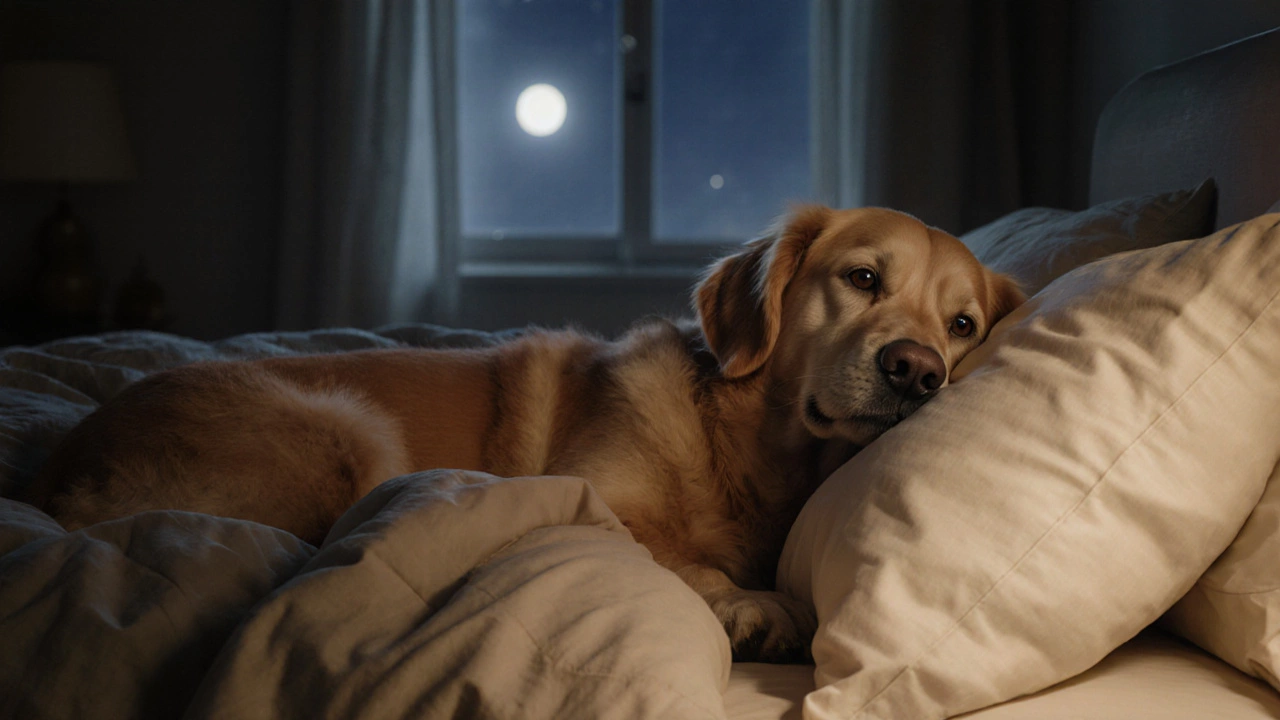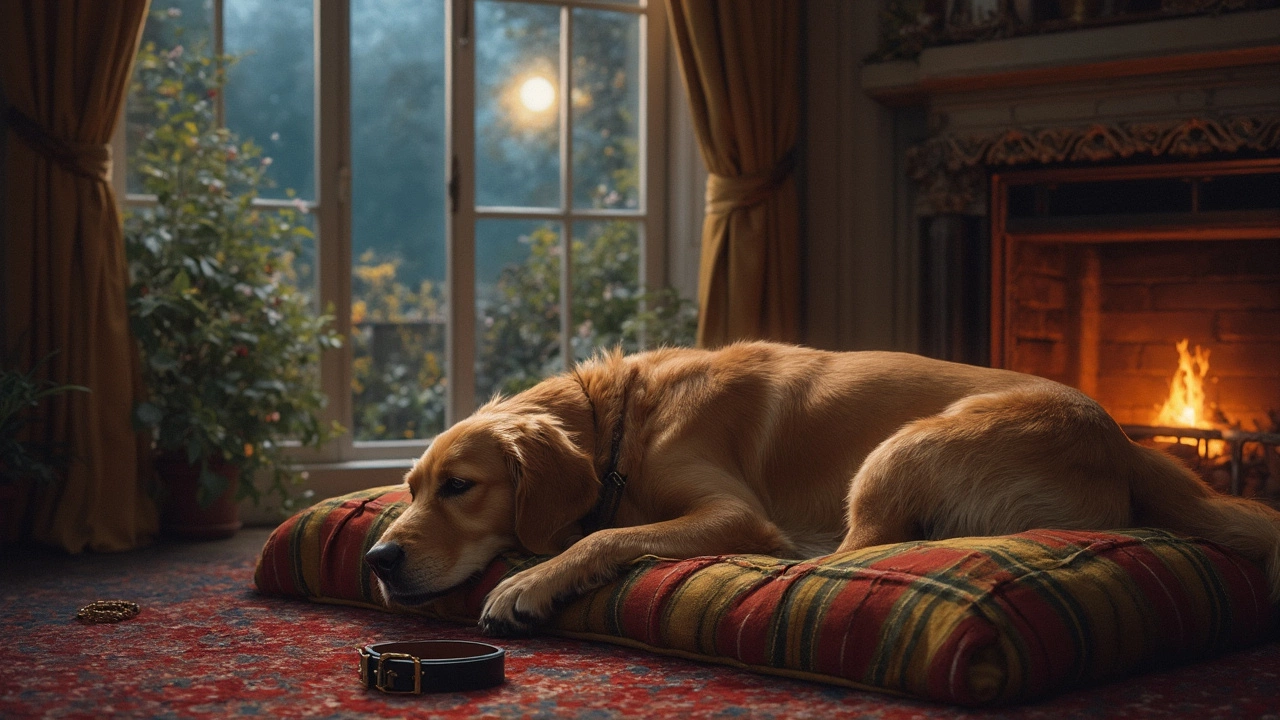Understanding Dog Sleeping Habits: What Your Pup Needs at Night
Ever wonder why your dog sprawls across the couch one night and snuggles in a corner the next? Dogs don’t just sleep – they follow a rhythm that mixes instinct, comfort, and health. Figuring out that rhythm helps you spot problems early and gives you simple ways to make bedtime smoother for both of you.
How Dogs Sleep: Cycle, Duration, and Spot Choices
Most adult dogs need about 12‑14 hours of sleep in a 24‑hour period, broken into short REM bursts and deeper slow‑wave phases. Puppies and seniors usually need a bit more – up to 18 hours for a growing puppy. Unlike humans, dogs don’t stick to one long sleep block; they nap during the day and settle for a solid stretch at night.
Where a dog chooses to rest says a lot about its confidence level. A dog that feels safe often picks a high perch, a favorite blanket, or even your bed. If it opts for a crate or a tucked‑away corner, it might be seeking security or just a cool spot. Notice if the location changes with the weather or household noise – that’s normal, but sudden shifts could hint at anxiety.
Common Sleep Problems and Quick Fixes
Restlessness, pacing, or sudden wake‑ups can stem from a few easy‑to‑fix issues. First, check the temperature: a room that's too hot or too cold can disrupt REM cycles. Keep the sleeping area around 60‑70°F (16‑21°C) for most breeds. Second, examine the bedding – a firm, supportive mat works better than a saggy pillow that can strain joints.
Noise is another big factor. Sudden sounds, like street traffic or a washing machine, can jolt a dog awake. A white‑noise machine or a fan can drown out those interruptions. If your dog whines when you leave the house, consider a calming collar or a short pheromone diffuser to ease separation anxiety.
Diet also plays a part. Feeding a heavy meal right before bedtime can cause discomfort and make a pup toss and turn. Aim to serve dinner at least two hours before the bedtime routine, and offer a light snack if the next morning’s feeding is early.
Finally, exercise matters. A dog that burns off excess energy with a brisk walk or play session in the evening will settle more quickly. Too much high‑intensity activity right before sleep can raise adrenaline, so balance active play with a calm wind‑down.
By watching these cues and adjusting the environment, you can turn a restless night into a peaceful slumber for your dog.
Ready to improve your pup’s bedtime? Start with a consistent pre‑sleep ritual: a short walk, a gentle massage, and a quiet cue like “bedtime” followed by a treat in the sleeping spot. Consistency teaches the brain that it’s time to switch off, and the habit sticks.
Remember, a well‑rested dog is a happier companion – less barking, fewer accidents, and more tail‑wags during the day. Keep the routine simple, stay observant, and tweak as needed. Your dog will thank you with sweet, steady snoozes.
Why Does My Dog Sleep Next to My Bed? Dog Behavior Explained
Your dog sleeps next to your bed not because it’s spoiled, but because it trusts you, feels safe with your scent, and sees you as its pack leader. Here’s why-and what to do if you want to change it.
Should You Take Your Dog's Collar Off at Night?
Ever wonder if it's better to let your pup sleep without a collar? This article dives into why you might want to give your dog a break from their collar at night, weighing the pros and cons. We explore nighttime safety, comfort, and even some surprising facts that might change how you see your dog's bedtime routine. Discover practical tips to keep your furry friend comfortable and secure without compromising safety.

